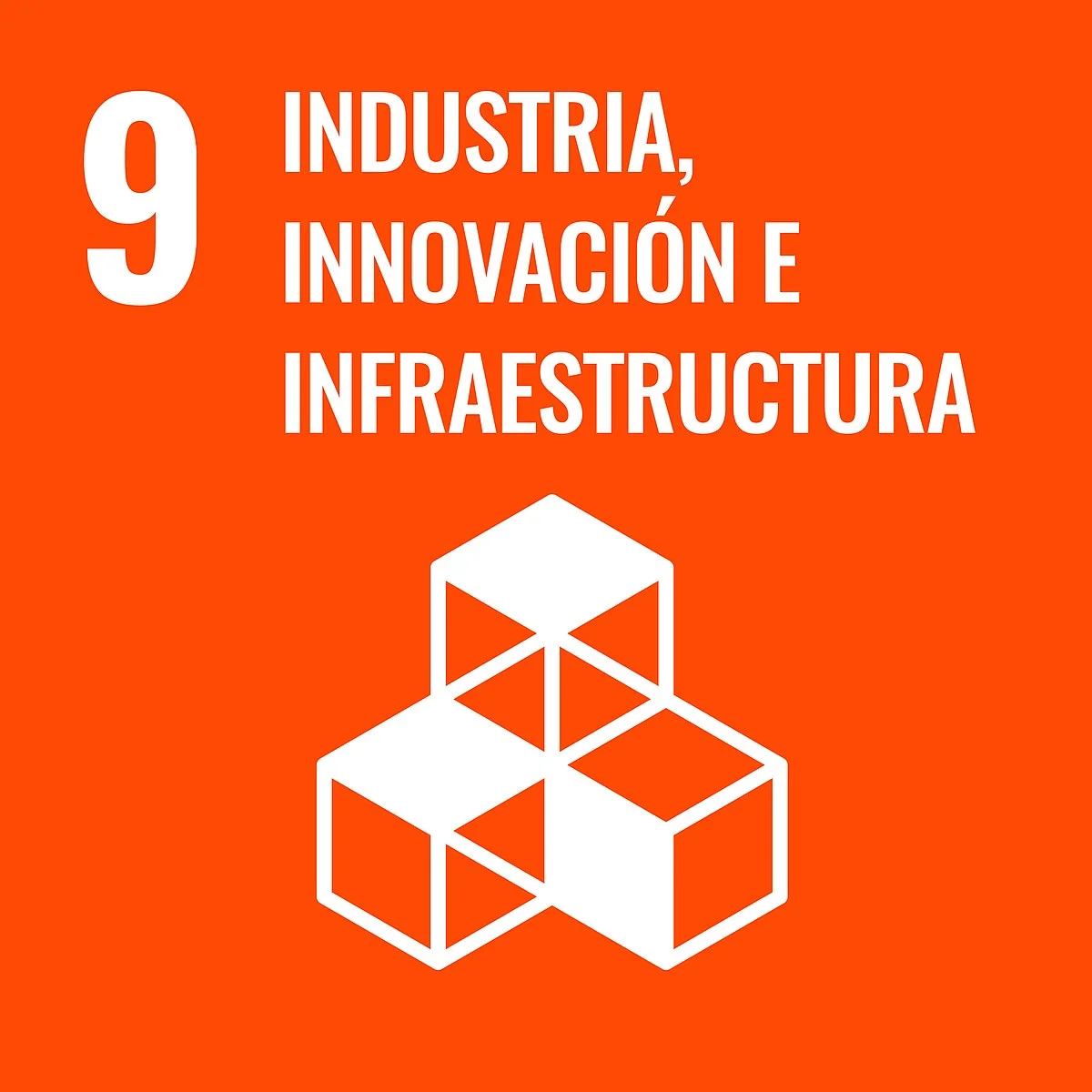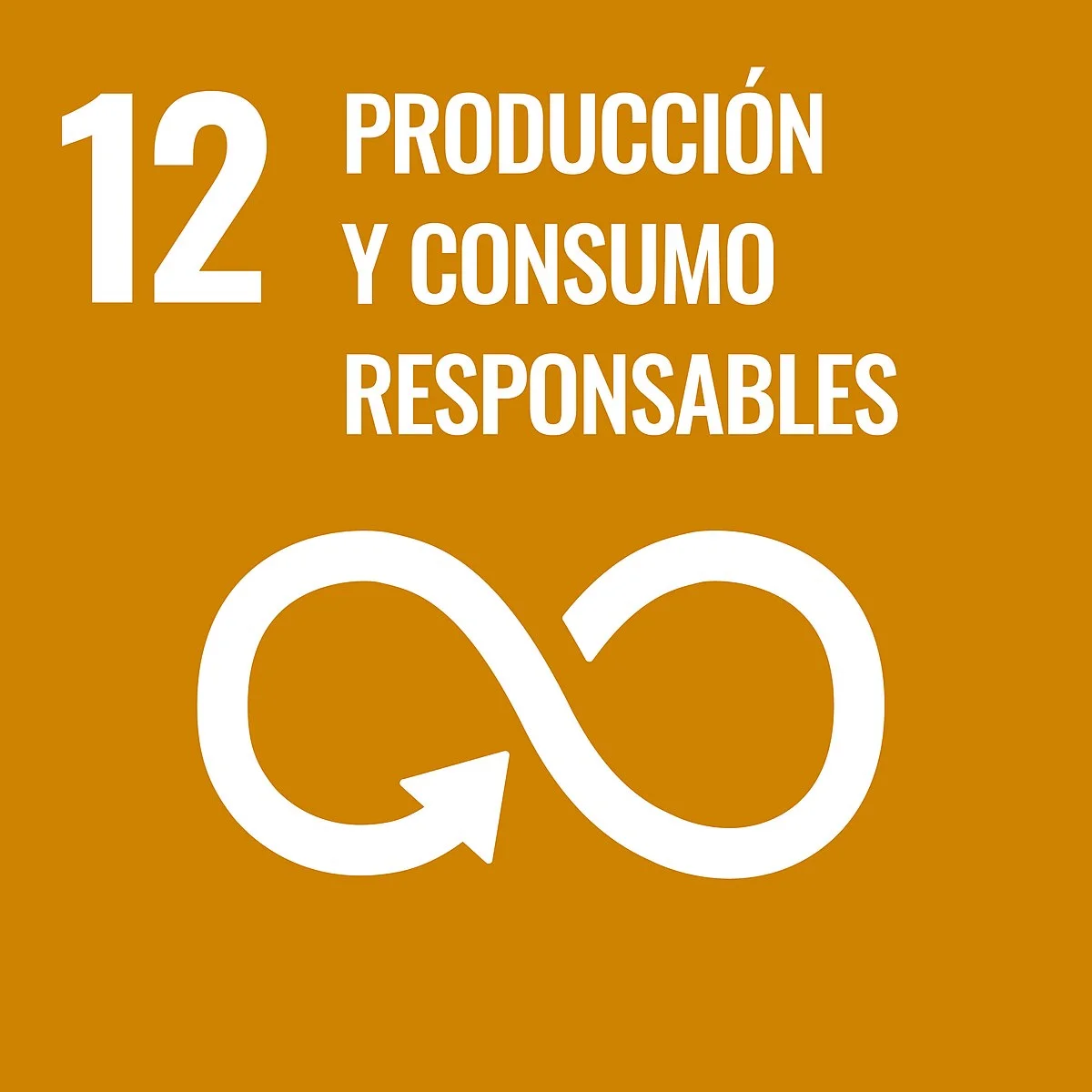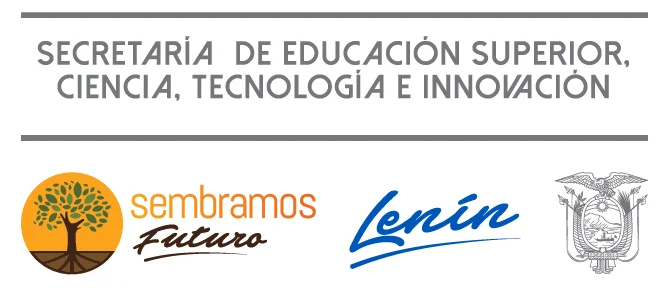Project: Production of Active Biodegradable Chitosan - Polylactic Acid Films
The project "Valorization of byproducts from the shrimp processing industry for the production of active biodegradable chitosan/polylactide films with potential applications in food packaging" was born as a response from ESPOL professors, Haci Baykara and Rómulo Salazar, to the need to add value to industrial byproducts, in this case, from the shrimp processing industry.
The project aims to valorize the waste from the Ecuadorian shrimp processing industry in order to obtain chitosan, for the production of active biodegradable films in a blend with polylactide (PLA), for potential application in the food industry.


Additionally, it is linked to two Sustainable Development Goals, Goal 9 which focuses on Building resilient infrastructure, promoting sustainable industrialization, and fostering innovation, and Goal 12 which focuses on Ensuring sustainable consumption and production patterns. Moreover, since in Ecuador, on December 21, 2020, Organic Law for the rationalization, reuse, and reduction of single-use plastics was published in the Official Registry No. 354, the results of this project could be useful for their potential replacement.
Among the direct beneficiaries of the project are the country's scientific community, researchers, and students, who will have results on the production of active biodegradable films from chitosan/PLA. This knowledge and the methodology used can be applied to other sectors, to other biopolymers, to obtain other types of packaging, coatings, and uses.
It is estimated that the indirect beneficiaries of the project would be:
1) Shrimp processing industries in the province of Guayas.
2) Food industries.
3) Food packaging manufacturing industries.
4) The Ecuadorian state will benefit from the reduction of imports of plastic resins.
5) General public.
Gracias a la colaboración de:


Us

Project Staff:
Rómulo Salazar González, PhD., Director. Email: rvsalaza@espol.edu.ec
Haci Baykara, PhD., Co-Director. Email: hbaykara@espol.edu.ec
Reinaldo Atencio, PhD., Investigator.
Ing. Adriana Alvarado Ramírez, Laboratory Technician.
Andrea Cruz Espinoza, Laboratory Technician.
Verónica Salas, Research Engineer.

Background and Justification
Plastic has become an essential part of our lives, present in a variety of items, especially packaging. However, it has now become a problem as it takes hundreds of years to decompose and generates waste accumulation that is visible in landfills, rivers, and oceans.
Are there potential solutions to the problem of contamination from non-biodegradable plastic waste?
Unlike traditional plastic, biodegradable plastic is capable of disintegrating and decomposing through the action of the environment and the microorganisms that inhabit it, producing CO2, water, and biomass. Furthermore, they do so much more rapidly, within a period of 6 months.
The biodegradability of plastics is related to their chemical structure, which makes them stable or unstable. This property is found in natural biopolymers and some synthetic biopolymers. A natural biopolymer is one that comes from organic raw materials from renewable sources, such as chitosan, which can be obtained from shrimp shells. The shrimp sector plays a very important role in Ecuador's economy, with exports in 2020 totaling around 678,000 tons, valued at $3.612 billion. It is estimated that byproducts from this industry represent between 30 and 35% of the shrimp's weight. Chitosan, a natural biopolymer obtained from the exoskeleton of crustaceans, has antimicrobial properties, leading to scientific research into its potential applications.
Identification
Call: INEDITA 2018, SENESCYT-PNUD.
Modality: Institutional Project
Title: Valorization of by-products from the shrimp processing industry for the production of active biodegradable films of chitosan/polylactide with potential applications in food packaging.
Code: PIC-18-INE-ESPOL-004
Thematic Area:
- Energy and Materials
- Industrial Development
Executing Institution: Escuela Superior Politécnica del Litoral (ESPOL)
Execution Time: 12 months, plus a 3-month extension.
Stages
- Obtaining chitin and chitosan
- Elaboration of films by solvent casting
- Elaboration of sheets by thermo-compression
- Caracterization of polylactic acid - chitosan film
1.- Obtaining chitin and chitosan

Obtaining chitin and chitosan:
- Shrimp shell washing.
- Drying the shrimp shell at 65°C for 72 hours.
- Grinding the shrimp shell.
- Demineralization of the shrimp shell.
- In a reactor for 6 hours at room temperature, with a 1 Normal (1N) hydrochloric acid (HCl) solution at a 1:15 ratio (weight:volume) according to the mass of the dried and ground shell. Then rinse the shrimp shell with distilled water until the pH reaches 6.5 or 7 and proceed to dry at 65 °C for 24 hours.
- Deproteinization of the shrimp shell.
- This step is carried out at 65°C for two hours in a reactor with agitation, using a 3.5% (w/v) sodium hydroxide (NaOH) solution at a 1:10 ratio (w/v) according to the mass of the dried demineralized shell. Then rinse the shrimp shell with distilled water until the pH reaches 6.5 or 7.5 and proceed to dry at 65 °C for 24 hours.
- Chitin decolorization.
- Using a 0.3% (v/v) sodium hypochlorite (NaClO) solution at a 1:10 ratio (weight:volume) according to the mass of the dried chitin. The reaction is carried out for 10 minutes at room temperature with constant stirring. Rinse the chitin with distilled water until the pH reaches 7 or 7.5. Then dry the chitin at 65 °C for 24 hours.
- Deacetylation of chitin / obtaining chitosan.
- This process is carried out at 100 °C for 5 hours, using a 50% (w/v) sodium hydroxide (NaOH) solution at a 1:10 ratio (weight:volume) according to the mass of the dried and decolorized chitin. Then rinse the chitosan with distilled water until the pH reaches 6.5 or 7.5 and dry the chitosan at 65 °C for 24 hours.

2.- Production of chitosan and polylactide films is done using the Solvent Casting method.
This method of creating these plastic films involves dissolving the polylactide polymer in an organic solvent and then adding powdered chitosan to it. The resulting mixture is placed in molds or petri dishes. The molds are left to rest in a fume hood for 24 hours until the organic solvent evaporates.
Then, the formed plastic film is removed from the mold.
The steps are as follows:
- Weighing the polymers according to the formulation
- Dissolving the PLA and other polymers in the organic solvent
- Adding chitosan and mixing (polylactide and chitosan)
- Molding
- Evaporation
- Demolding
- Storage in a desiccator

3. Elaboration of chitosan and polylactide films is through the method of melt blending and formed by thermo-compression.
This method differs from the previous one because it involves working with solid polymers in a Brabender mixer. The two polymers are introduced into the mixer in known quantities according to a given formulation. This process is carried out at 170°C for 10 minutes. At this temperature, the PLA melts and blends with the chitosan. Subsequently, the formed mixture is taken to a thermo-press where sheets are formed at 175°C under a pressure of 150 bars. The sheets are removed from the thermo-press and allowed to cool to room temperature.
The steps are as follows:
- Weighing
- Polymer Mixing (Brabender Laboratory Mixer)
- Thermo-compression forming
- Storage in desiccator

4 - Characterization of Polylactic Acid - Chitosan Film
Once the chitosan/PLA plastic films are obtained, they will be characterized using various techniques such as FT-IR, scanning electron microscopy SEM/EDS, XRD, and their mechanical properties (tensile strength), thermal properties (DSC, TGA), and antimicrobial properties will be analyzed. All these properties will allow for the evaluation of the obtained plastic films for their potential use as food packaging.

Results
The project provides scientific results on the valorization of industrial byproducts to obtain a high-value-added biopolymer such as chitosan, within the framework of the circular economy. The project also presents findings on the production of plastic films from biodegradable polymers, which could be a sustainable alternative to the use of conventional single-use plastics, thereby reducing the environmental impact generated by such plastics on the planet. Ultimately, the results could contribute to reducing food waste by increasing the shelf life of packaged food.
In this way, the project's results will generate cutting-edge scientific information on biodegradable films and environmentally sustainable methodologies that provide solutions to the national plastics industry, leveraging industrial byproducts and reducing food losses during storage. We hope to establish the potential use of the obtained films as active food packaging and other industrial applications in the country.
By the project's completion, we will have obtained chitosan/polylactide films using two different techniques and various formulations. We will have definitive protocols for producing films with different ways of incorporating chitosan into a PLA matrix on a laboratory scale. The INÉDITA funds have been used to finance the purchase of equipment, materials, reagents, supplies, and the hiring of services and personnel for the experimental phase of the project.
The project was scheduled to be executed within 12 months, with a 3-month extension. Currently, 70% of the planned activities have been completed. In summary, the project's results will generate knowledge and enhance local research capacities on the extraction of chitosan from shrimp shells and its potential use in combination with PLA as an active biodegradable food packaging, thereby contributing to the valorization of byproducts from an important sector of the national economy.